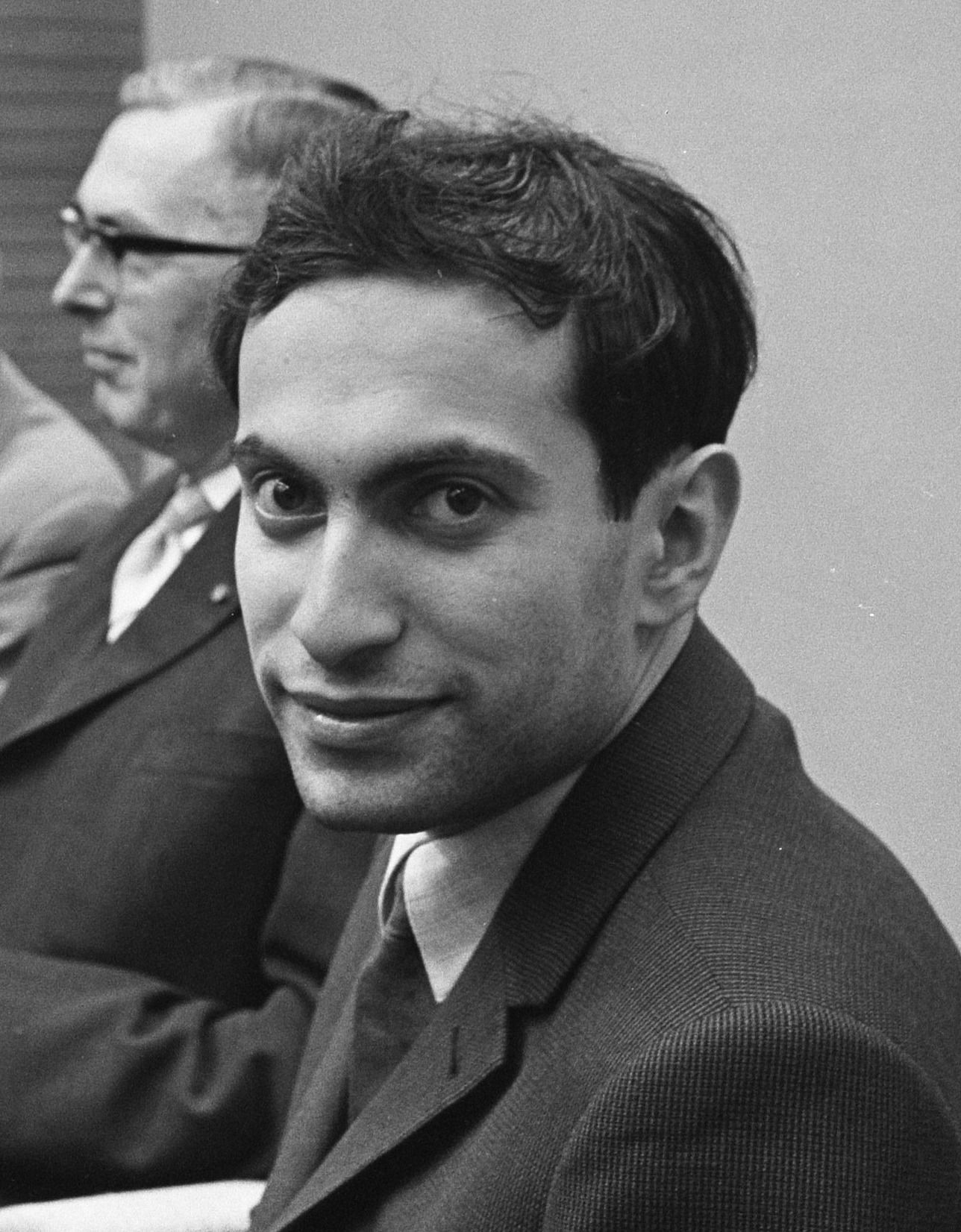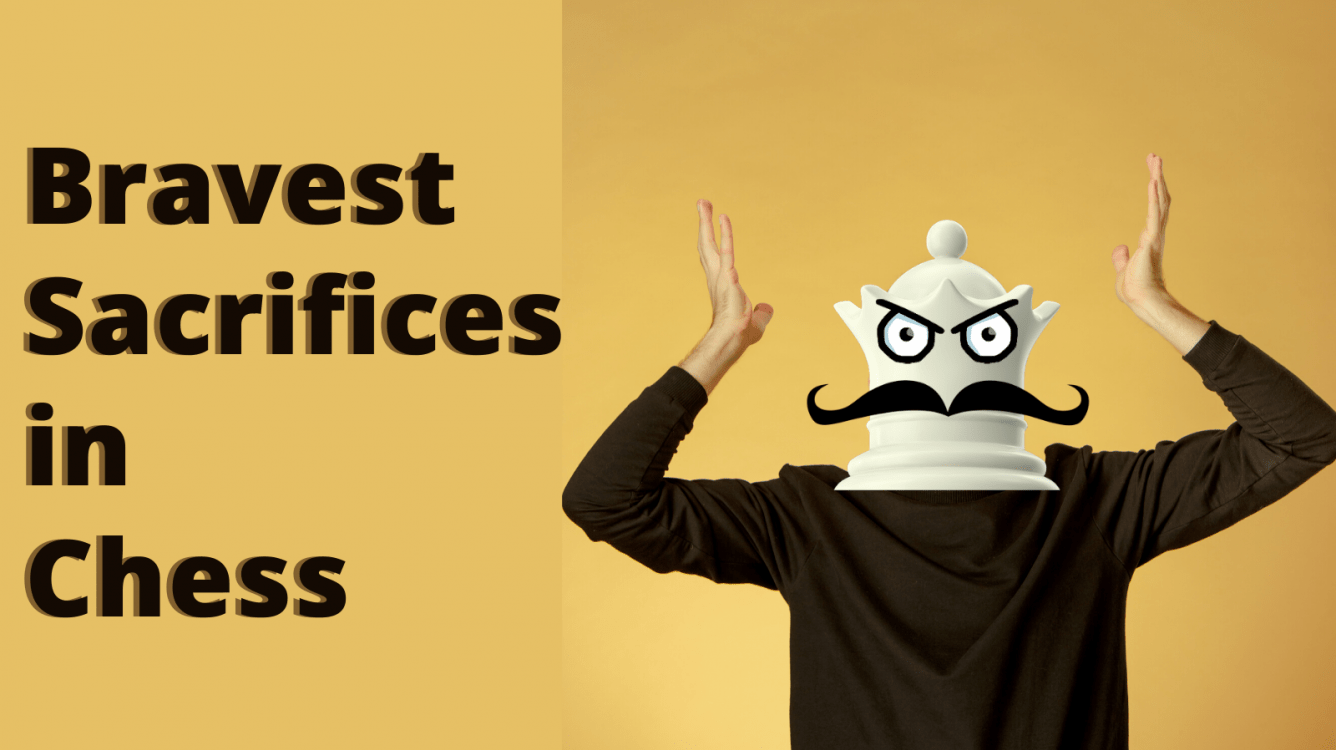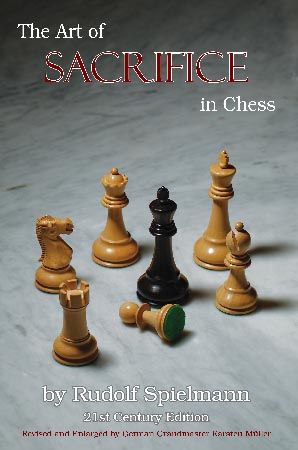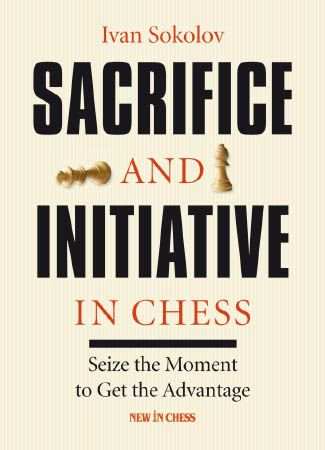There are two types of sacrifices, the obvious ones, and the not-so-obvious ones. Or, as Tal would put it, “The correct ones, and mine”
Let’s take an example. White to play and checkmate in two moves using a queen sacrifice! Don’t worry, you can move the pieces on the board.
Sacrificing takes courage, but sacrificing in a situation where you cannot fully calculate to the end takes more than courage – it takes an iron will!
It’s like firing away your last bullet against an invisible enemy hiding in a dark corner on a foggy chessboard, or walking on the thin blade of a sharp sword. One slip and you’ll be ripped to pieces.
Chess history is littered with thousands of sacrifices gone wrong, And yet, we continue to see such beautiful sacrifices that are perfectly wrapped up and finished with a win! These are the bravest sacrifices we can ever see in chess. To illustrate this, We will start with a not-so-famous example, from the games of our favorite chess commentator Grandmaster Maurice Ashley.
“I do not know from what associations the hippopotamus got into the chess board, but although the spectators were convinced that I was continuing to study the position, I, despite my humanitarian education, was trying at this time to work out: just how WOULD you drag a hippopotamus out of the marsh? I remember how jacks figured in my thoughts, as well as levers, helicopters, and even a rope ladder. After a lengthy consideration I admitted defeat as an engineer, and thought spitefully to myself: “Well, just let it drown!” And suddenly the hippopotamus disappeared. Went right off the chessboard just as he had come on… of his own accord! And straightaway the position did not appear to be so complicated.”~ Mikhail Tal

Book recommendations:
The Art of Sacrifice in Chess by Austrian Grandmaster Rudolf Spielmann. [View Book Sample]
2. Sacrifice and Initiative in Chess by Grandmaster Ivan Sokolov. [View Book Sample]
- Dark Mode is now live on Web Reader - April 30, 2024
- Book Review: Tal Botvinnik 1960 - April 24, 2024
- Grandmaster Mistakes – Chess Psychology - October 27, 2021


